Church carved from the living rock | Bet Giyorgis, Lalibela, Ethiopia
Lalibela — A small town on the slopes of Moun Prytula Abuna Yosef that is famous for its monolithic rock-cut churches. It was the political and cultural capital of Ethiopia in middle ages, at an altitude of two thousand five hundred meters above sea level. The local temple complex, an architectural gem which is the church of St. George (Bet Giyorgis, Lalibela, Ethiopia) was built in the middle of the XII century by order of the king, who want to see his country like a New Jerusalem. When young Saint Gebre Mesqel Lalibela was born into the Zagwe Dynasty in Ethiopia, the town of Lalibela was known as Roha. The name Lalibela was given to the young boy when he was surrounded by a swarm of bees, soon after birth his mother believed this was a sign that he would come to rule Ethiopia on day. His name literally means, "the bees recognize his sovereignty."

Lalibela is best known as the king who ordered the construction of eleven monolithic stone churches found in the town today. Lalaibela's goad was to create a new Ethiopian Jerusalem, and he recreated many biblical scenes, such as the stable, out of carved rock. The Bete Giyorgis is by far the most spectacular of these churches. Carved out of the ground, and shaped from the inside out. it is one, unbroken piece of stone. Bete Giorgis is connected to the other sunken stone churches through a series of elaborate tunnels. there are tow version of the church's history says — one says that the church was bilt after Lalibela's death 1220 c. by his widow as a memorial to the "Saint King". The other claims it was a promise king Lalibela had made to St. George, who had been upset Lalibela had not constructed a church dedicated to him. First Image Credit Joanne Hodges

Image Credit ngaire lawson (hart) 1.9+ million views
The church is cut 40 feet down, its roof forming the shape of a Greek cross. Inside the church, there is a curtain that shields the Holy of Holies and a priest displaying books and paintings to visitors. In the shadow of one of the arms of the cruciform-shaped church is a replica of the Ark of the Covenant. Althouh an explorer was one allowed to open it, he found it empty. No one was able to tell him what happened to its contents.
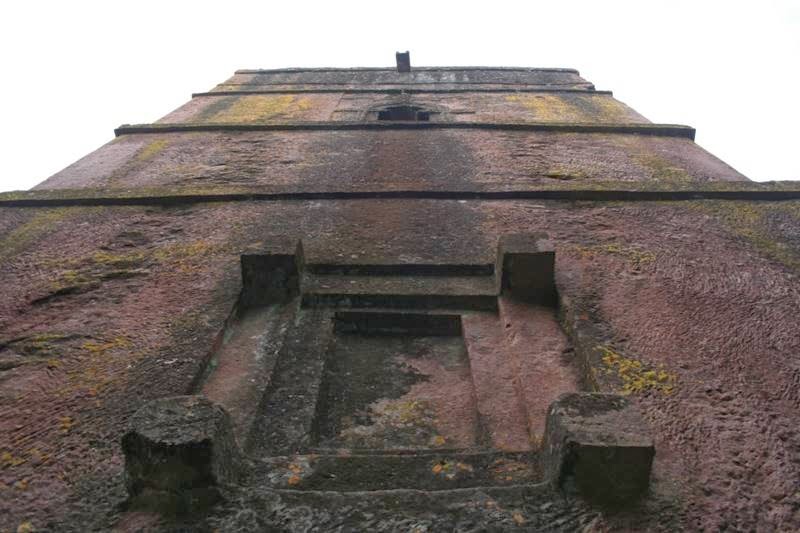
Image Credit Reiner Barczinski
The town of Lalibela is completely isolated from the modern world. Without motor vehicles, gas stations, or paved streets, the town goes about this business as it has for hundreds of years. Religious ritual is central to the life to the town : one tenth of its population is devoted to priesthood. Regular processions, extensive fasts, and crowed of singing and dancing priests are also part of the package. The eleven solid rock churches, in the hills not far from the town, make Lalivela one of the holiest place in Ethiopia.
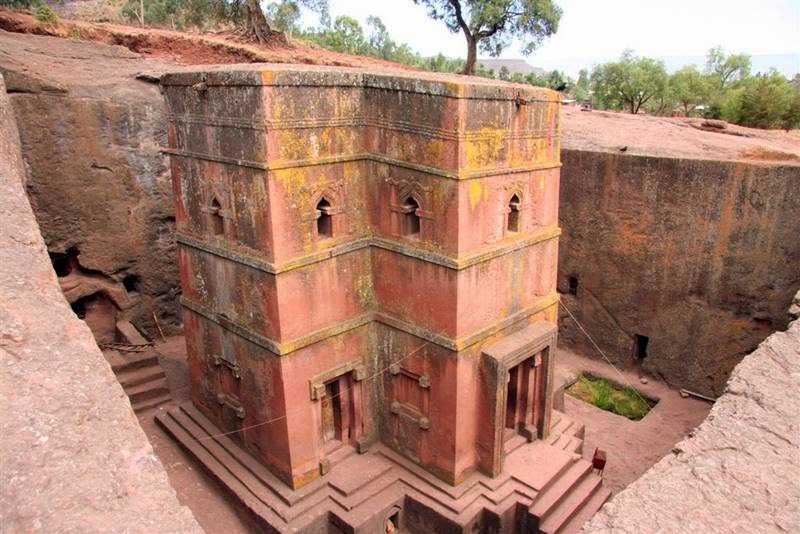
Inside the church is King Lalibela's tool box with a unique screw post locking mechanism. The doors in the church are also original. Image Credit Andrzej Zarzecki
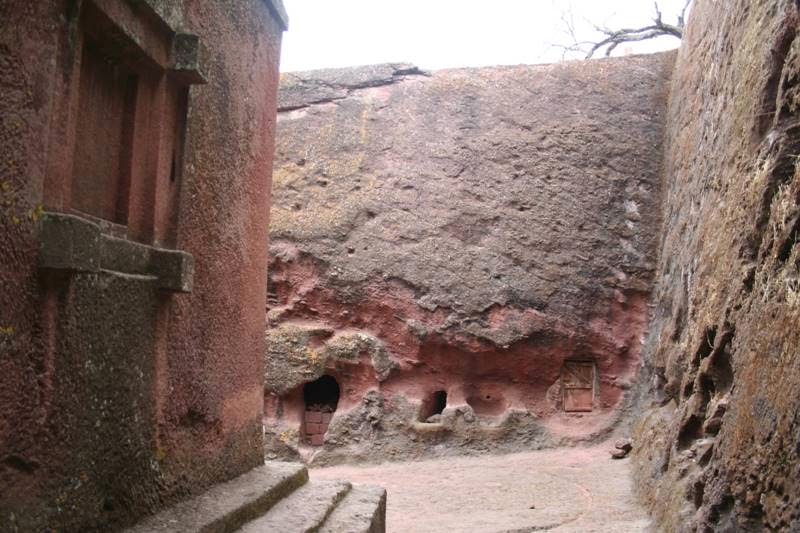
Image Credit Reiner Barczinski
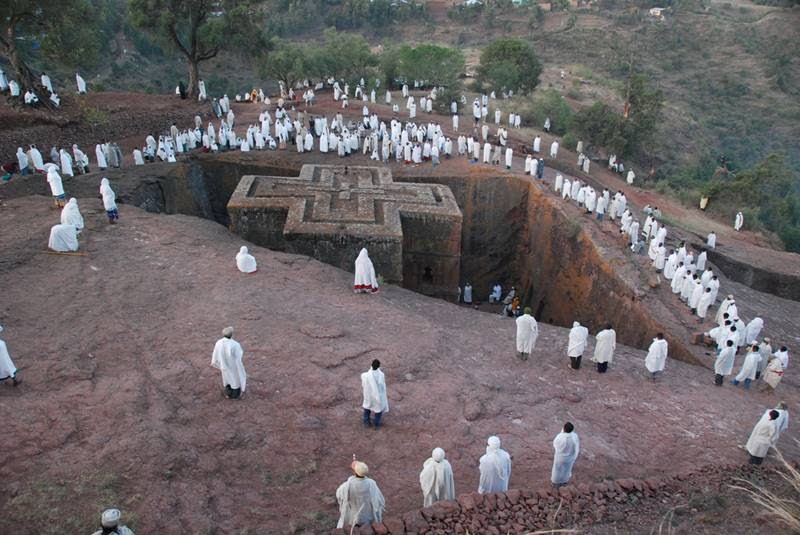
Image Credit Martin Callum

Interior Ceiling Cross Decoration Architectural Rock-Hewn Church of St George UNESCO World Heritage Site Lalibela Ethiopia Africa. Image Credit ngaire lawson (hart) 1.9+ million views

Image Credit Stuart Battersby

Image Credit Karen

Image Credit ksengog

Image Credit Mike Gadd

Image Credit Leo Koolhoven
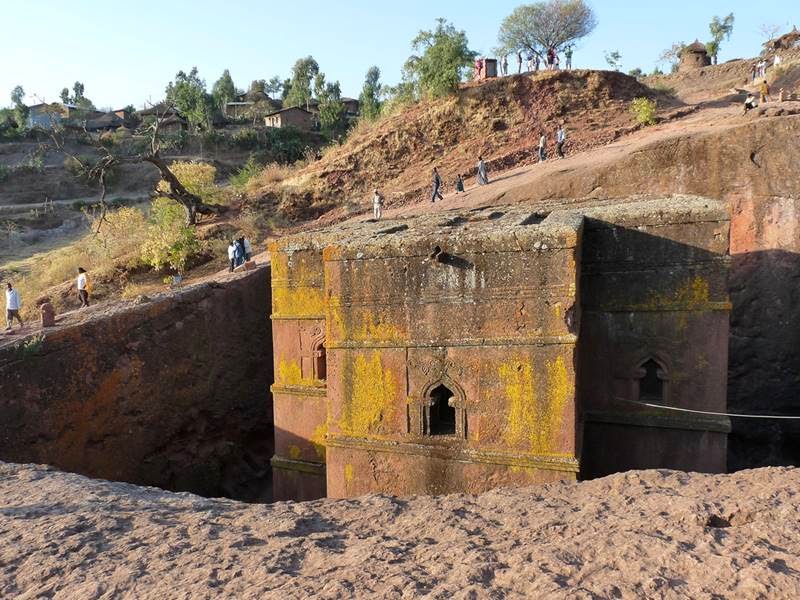
Image Credit Pauline and John Grimshaw

Image Credit Richard Mortel
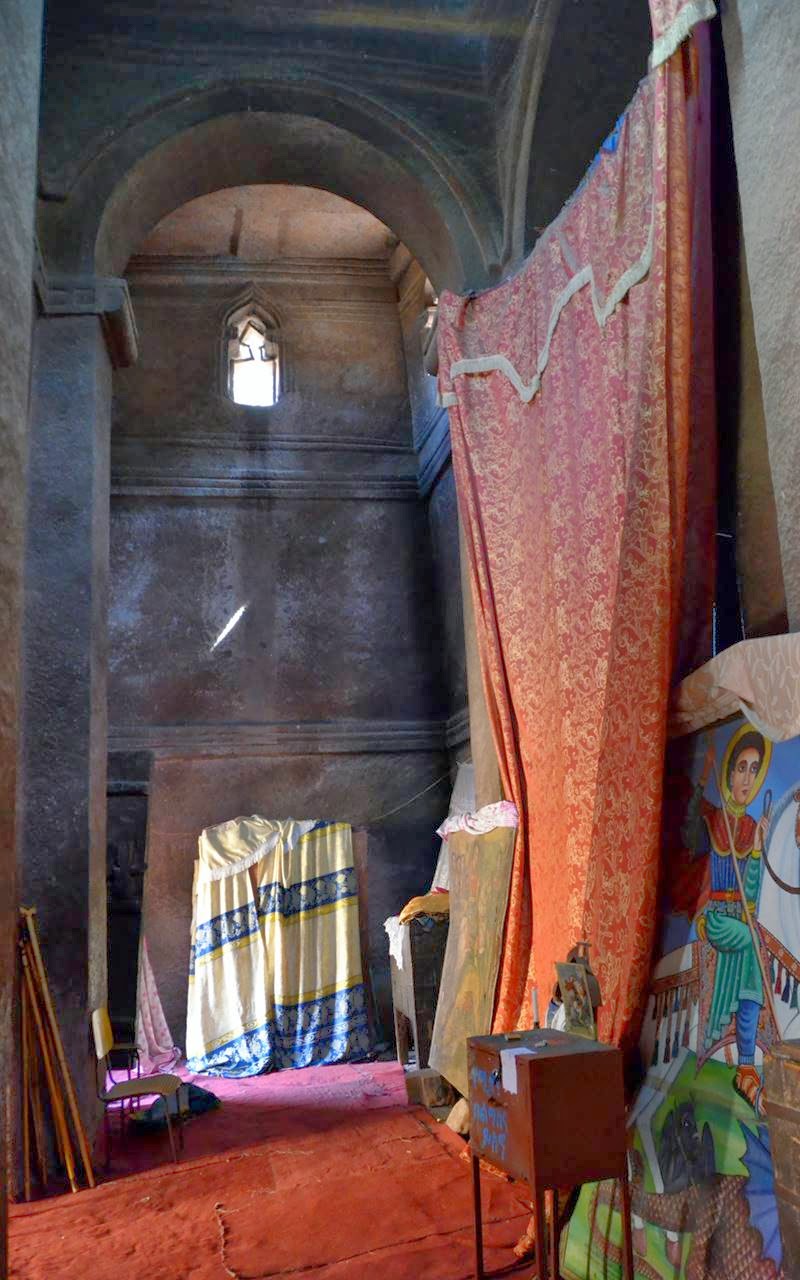
Image Credit Richard Mortel

Image Credit Richard Mortel

Image Credit markoci

Image Credit The Michis
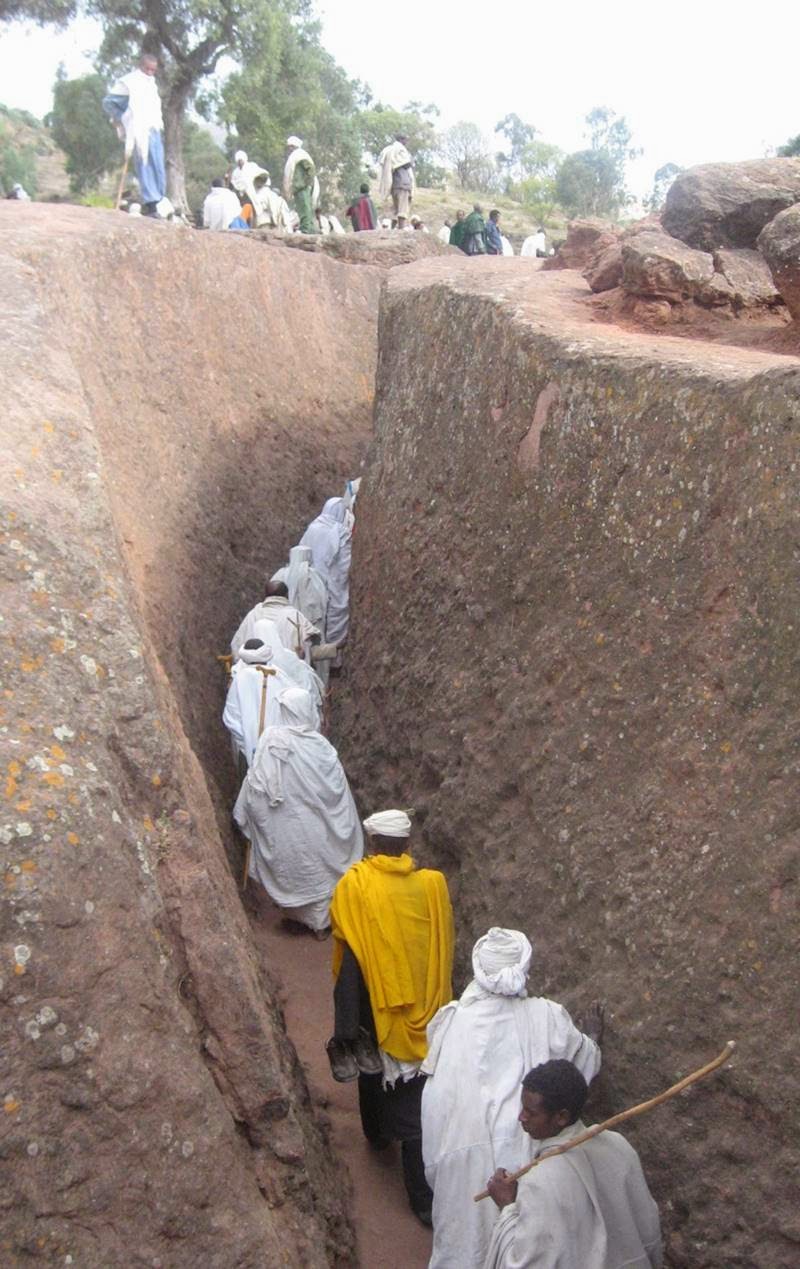
Image Credit Kate Dixon

Image Credit Martin Callum

Image Credit Martin Callum
Today, the site is considered one of the centers of pilgrimages form Ethiopian Christians. This atmosphere combined with the religious architecture and simplicity of the town's way of life, gives the city of Laliblela " a distinctively timeless, almost biblical atmosphere". Known world -recognized churches of Lalibela a miracle of engineering, as it was hundreds of years ago, they are admired by thousands of people who come to Ethiopia in order to pay homage to the holy sites and to see the inimitable wonder of the world, carved eight centuries ago in the city with the beautiful name of Lalibela.
Source — Internet

No comments:
Post a Comment